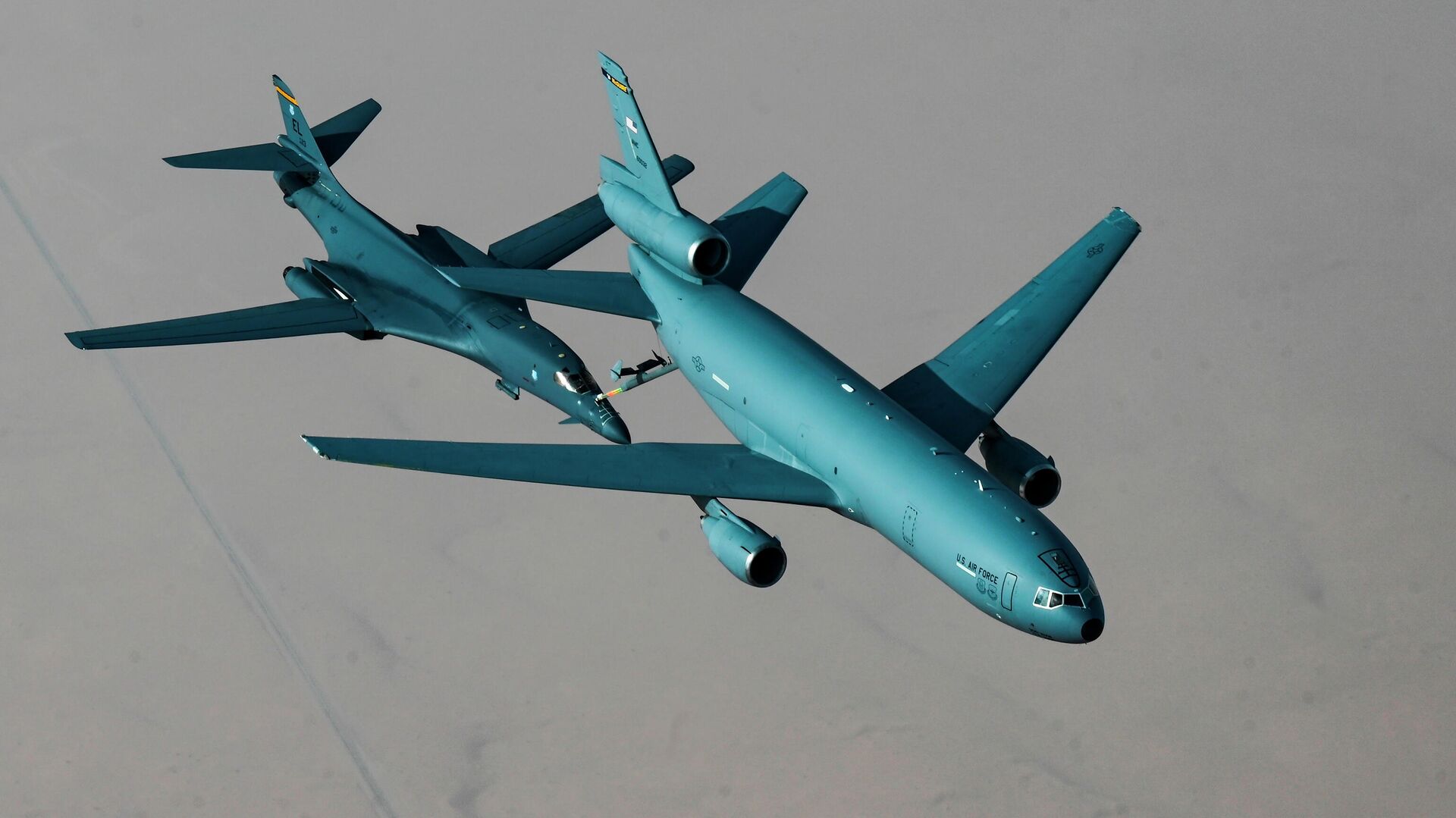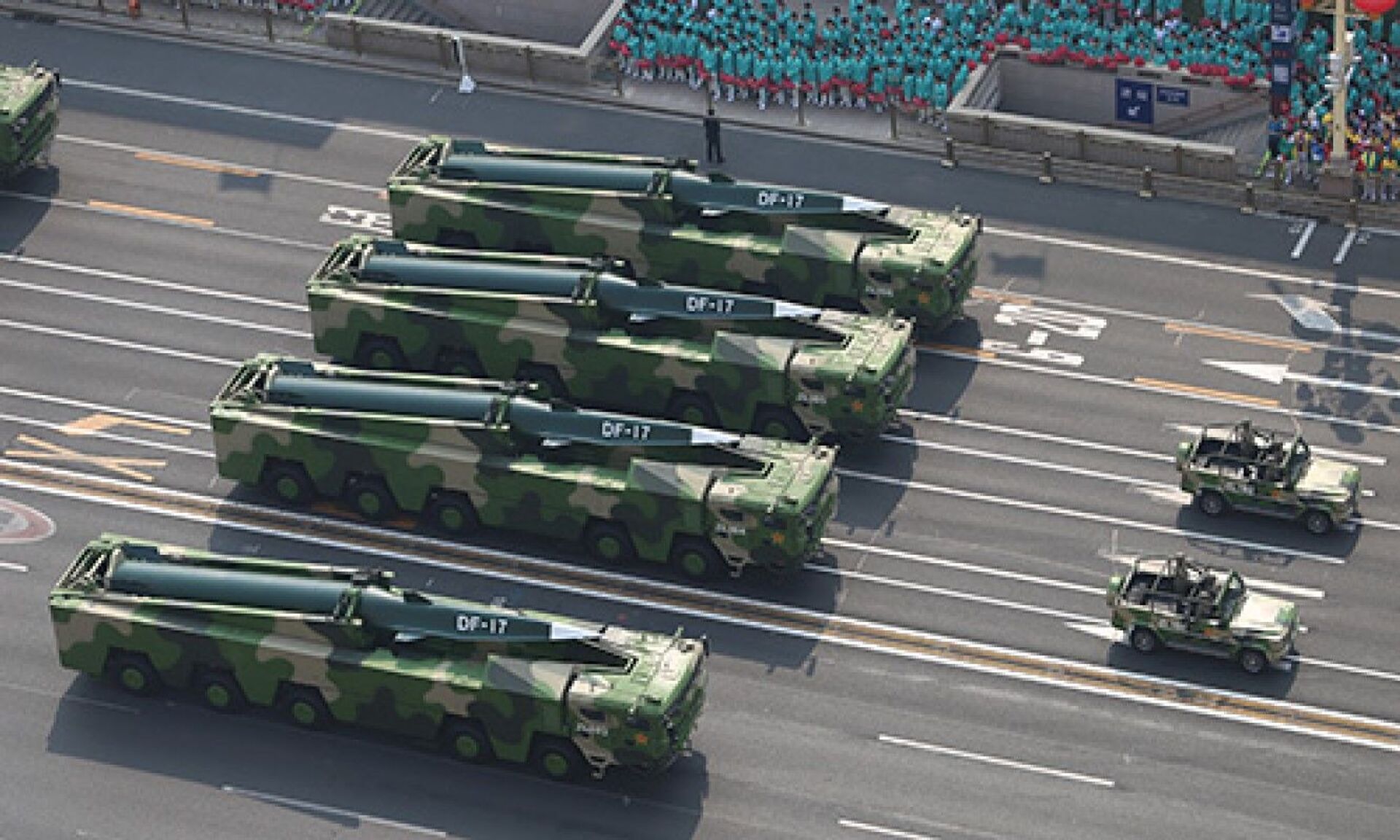Head of US Nuclear Forces Claims Ukraine ‘Just a Warmup’ for ‘Very Long’ Struggle With Russia, China

© AP Photo / Senior Airman Jerreht Harris
Subscribe
Since 2018, the US has seen its primary strategic focus as preparing for so-called “great power competition” with Russia and China. It claims the two nations are spearheading an effort to overturn the US-run global order established at the end of the Cold War.
US Navy Adm. Charles Richard, the head of US Strategic Command, recently warned the US would soon face a protracted conflict with China unlike anything it’s faced before. Stratcom is responsible for handling the country’s nuclear weapons, as well as the suite of defensive and offensive information capabilities termed C4ISR.
“We have to do some rapid, fundamental change in the way we approach the defense of this nation,” Richard said at a Navy symposium last week.
“This Ukraine crisis that we’re in right now, this is just the warmup,” he said. “The ‘big one’ is coming. And it isn’t going to be very long before we’re going to get tested in ways that we haven’t been tested in a long time.”
Richard warned “the ship is slowly sinking” because China is fielding new capabilities faster than the United States, which will soon find itself outnumbered and outclassed on the battlefield.
“[I]t isn’t going to matter how good our [operating plan] is or how good our commanders are, or how good our horses are - we're not going to have enough of them. And that is a very near-term problem,” Richard asserted.
Richard also criticized US stagnation, saying it had “lost the art” of delivering new systems quickly.
“The Air Force went from a request, almost written on a napkin ... when they figured out in the late 1950s that the Soviet integrated air defense systems were getting to the point that the B-52 just wasn’t going to make it in, and we needed a thing called a ‘cruise missile,’” Richard recalled. “And so, they envisioned what a standoff weapon looks like.”
The US is already behind China in the key field of missiles, with China fielding a generation of ultra-long-range cruise missiles, a bevy of ballistic missile varieties, and several varieties of hypersonic weapons for which the US has no equal and no answer.

Making their debut in the general public for the first time, DF-17 hypersonic missiles join China's National Day parade held in Beijing on October 1, 2019
Beijing has also developed a radar capable of detecting stealth aircraft and begun equipping its newest warships with it, putting the US’ vaunted F-22 and F-35 fleets at risk.
However, the Pentagon is especially worried about what it fears was a fractional orbital bombardment system China tested last year, saying it is a part of China’s militarization of space. The US formed a separate Space Force in 2019, although its foundational doctrinal documents made clear that its goal was defending US space supremacy, not preventing the militarization of space.
Comparisons between Russia’s special operation in Ukraine and a presumed Chinese invasion of Taiwan have been made by American leaders since the operation was launched in February, despite Chinese protests otherwise. However, the US has been preparing for a conflict with China since at least late 2017, when the Trump administration began introducing a series of new strategic documents outlining a shift in US foreign policy.
The latest National Defense Strategy, published by the Pentagon last month, continues planning for what it calls “great power competition” with Russia and China, specifying that it sees Russia as an “acute threat” and China as the long-term competitor. In it, US Defense Secretary Lloyd Austin refers to Beijing as Washington’s “most consequential strategic competitor for the coming decades.”

